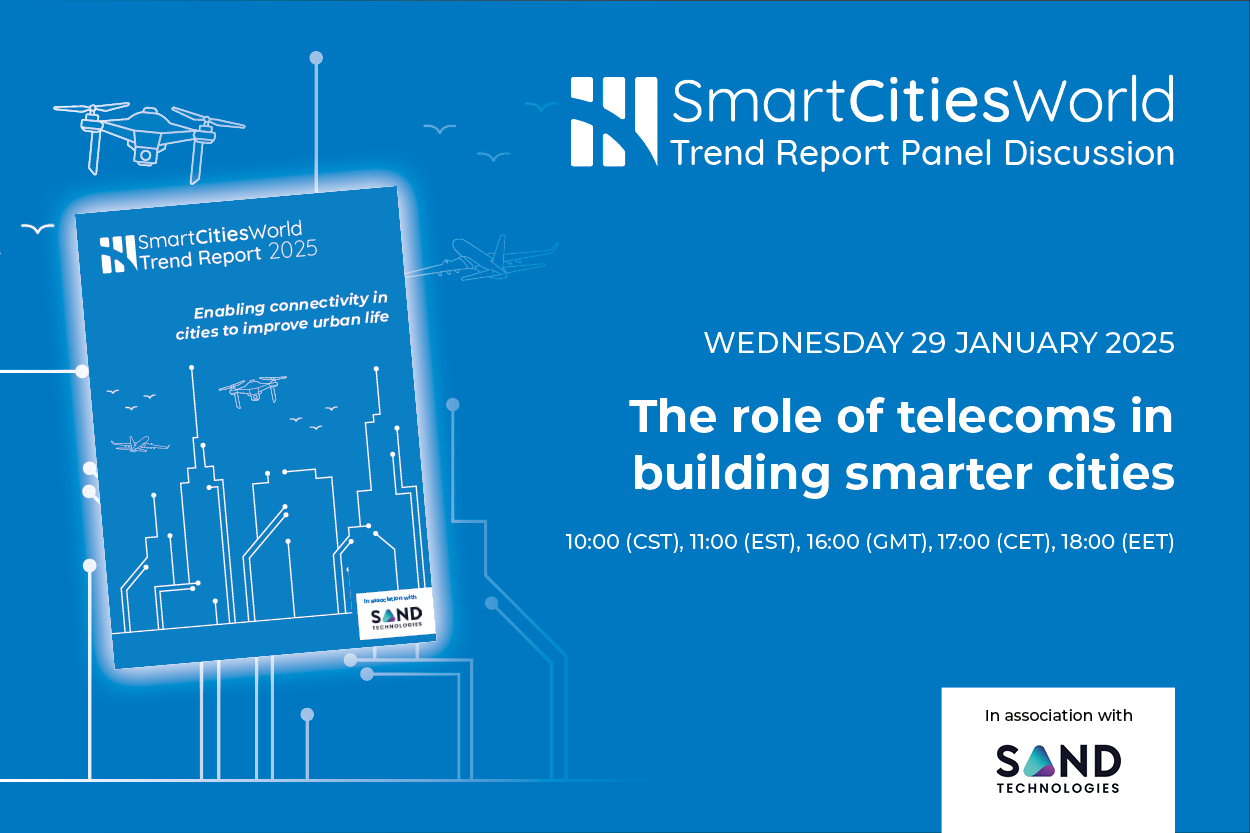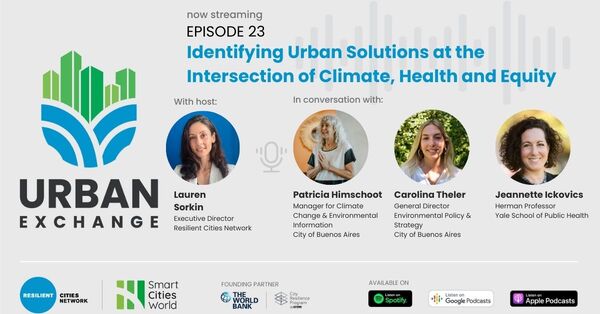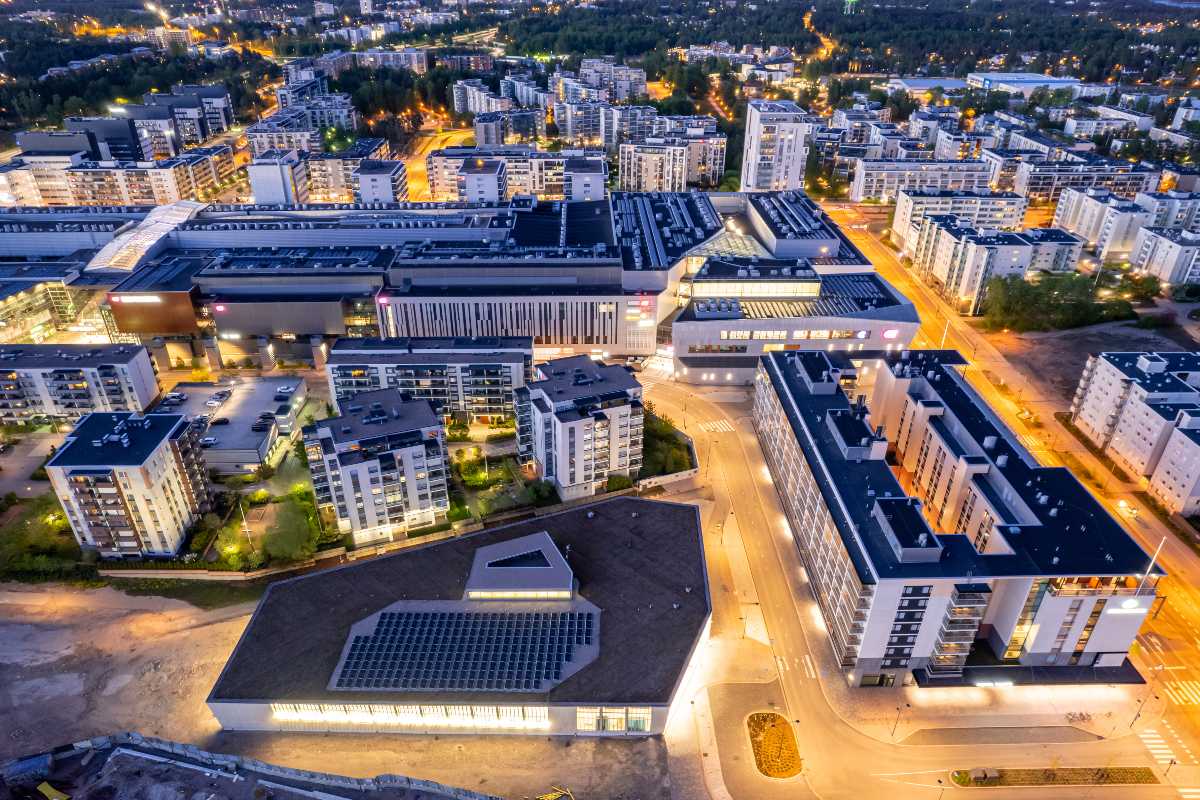Special Reports
SusHi Tech Tokyo 2024: experience ‘Tokyo 2050’ todaySponsored by The SusHi Tech Tokyo 2024 Showcase Program Executive Committee
Building Better Places: Smart buildings for sustainability and personalisation
We take a closer look at the contributions smart buildings make to sustainability and productivity, with case studies from the world’s greenest office building, The Edge in Amsterdam, and the Hamdan Bin Mohammed Smart University in Dubai.

Smart, connected technologies are helping to make buildings more efficient, productive, healthy, comfortable and personalised for the people who work in them. And because commercial buildings make up a significant percentage of the built environment, smart buildings have a significant role to play in creating a sustainable future for cities and the planet.
This report looks at the role of smart buildings in creating better workplaces and environments and ultimately contributing to a more sustainable world. It includes case studies from The Edge in Amsterdam and the Hamdan Bin Mohammed Smart University (HMBSU) in Dubai.
Download this document to find out:
• The key elements of smart buildings
• How greener buildings contribute to wellbeing, productivity and sustainability
• A look behind the world’s greenest office building, The Edge in Amsterdam
• How the Hamdan Bin Mohammed Smart University (HMBSU) in Dubai is using technology to make the learning environment more engaging, adaptive and immersive

This spotlight was produced by SmartCitiesWorld in collaboration with Interact.

















